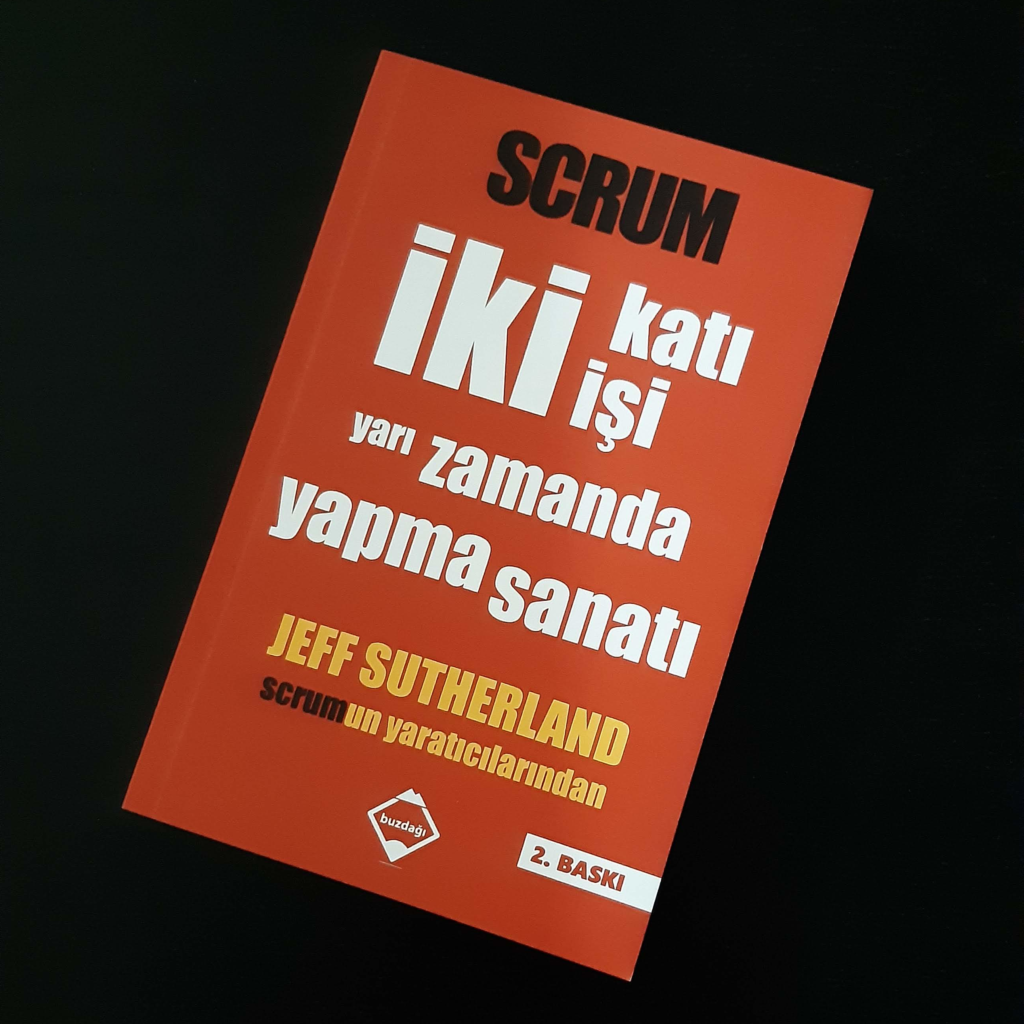Paper Readings #1
Paper Readings #1
“Knowledge-intensive innovative entrepreneurship integrating Schumpeter, evolutionary economics, and innovation systems” by Malerva and McKelvey
According to himself, Joseph Schumpeter was a man who could realise two of his three wishes; being the best economist of the world, the best rider of Australia and the best lover of Vienna. Many entrepreneurs are familiar (maybe without even recognising) some of his economic insights from his “creative destruction” or “disruptive innovation” concepts: Being innovative enough to change the rules of the game after having destructed old ways of doing things. This is almost an imperative for entrepreneurial firms in the new paradigm because cutting down the costs has reached its limits and price competition is no longer an option even for larger firms. The only way out of competition is to innovate.
Precisely as Schumpeter foresaw, policy makers are after those “disruptive products” that can overcome capitalism’s inherent tendency for creating crises by being high risk-high gain,being able to create undiscovered markets, satisfying unmet demands, being as unique as possible to avoid the ruthless of competition of red ocean markets and respectful to environment and all life. The mechanisms generating these products are the most effective ways of creating ever changing (growing) and dynamic markets. The most popular one of these mechanisms is innovative firms questioning every incumbent solution available in the market. Another one is the public funds closing the R&D&I investment gap of these high risk projects. Technology transfer agents or technology intensive ecosystems can be other examples.
One can easily observe the increasing share and diversity of sub-programs devoted to high-risk, unbankable R&D&I projects within the framework programs of European Commission in the search for problem solving, market focused disruptive endeavors.
While “disruptive innovation” becomes more popular in theory and in practice, it is as much as important to measure the impact all of this mobilization especially considering the public sources allocated. Malerva and McKelvey’s paper[1] aims to conceptually understand, define, and measure knowledge-intensive innovative entrepreneurship (KIE), the realm of the most disruptive innovators.
Theoretical backbone of the study relies on and integrates three economic concepts:
- Schumpeterian tradition giving insight about the entrepreneurial dynamics and the entrepreneur’s functions on transforming the economy
- Evolutionary economics on the underlying processes of the interactions between innovation, technology institutions and economic dynamics and
- Innovation systems approach dealing with ecosystems in which the entrepreneurs operate, their access to knowledge, innovativeness, institutions (suppliers, universities, public institutions, financial institutions etc.) that can affect their interactions with other agents in diverse ways
Metrics of the analytical part of the study are derived from the definitions based on these approaches. Those definitions and key characteristics are given in the boxes.
The research behind the paper (EC 7th Framework Program, AEGIS Research Project 2013) is a project conducted in 10 European countries with 4004 firms younger than 8 years. Firms were chosen according to the KIE definition. In order to analyze key characteristics and examine the relevance of KIE in the economic system, researchers used a large scale database based on survey questions.
Definition of KIE
KIE entrepreneurial firms are new learning organizations that use and transform existing knowledge and generate new knowledge in order to innovate within innovation systems or
KIE ventures are new firms that are innovative, have significant knowledge intensity in their activity, are embedded in innovation systems and exploit innovative opportunities in diverse evolving sectors and contexts
Entrepreneurship
– Is a process with emergent properties
– Involves actors searching for opportunities and generating new knowledge
– Is affected by of the learning, technological and knowledge context
– Involves the co-evolution of knowledge, firms, industrial structure and institutions
– Is affected by the complementarities in knowledge and capabilities of actors linked within innovation systems
– Relies upon existing and new networks and channels through which knowledge is communicated, shared or generated
The key functions of the entrepreneur in the economy
– Acting as a disruptive, disequilibrium force, which arises endogenously in the economy
– Driving wider processes of economic dynamism, which in turn lead to economic growth and societal well-being
Entrepreneurs
– Take risks and reaps profits
– Turn technology and ideas into innovations in the market
– Enable new knowledge combinations
– Face uncertainty about current choices in relation to future outcomes
– Create opportunities, by both driving and adapting to change in the external environment
– Are involved with others in the diffusion, use and creation of knowledge
– Engage in learning and problem-solving activities
– Use knowledge into new combinations for innovation
– Are affected by education, knowledge and experience in their innovative activities
– Are highly dependent upon the knowledge infrastructure, the supporting actors and the institutional context
– Create opportunities but are also bounded by the geographical and sectoral dimensions in which they operate and innovate
This is it for this first part. In the second part we will be telling you about the findings of this research.
[1] https://doi.org/10.1007/s11187-018-0060-2




